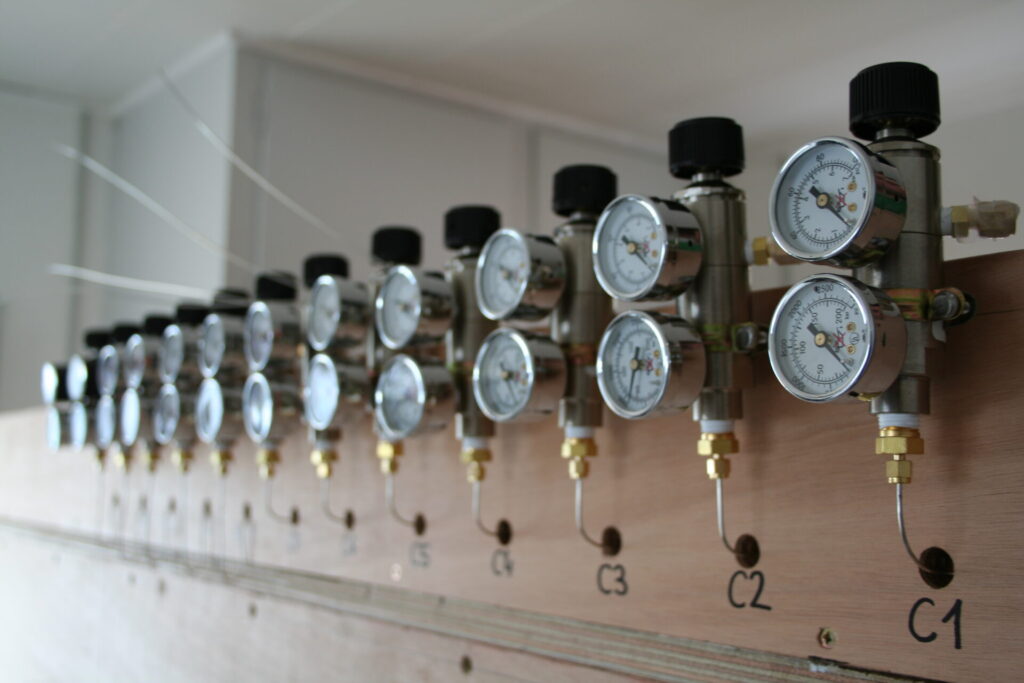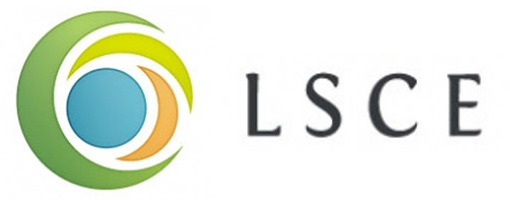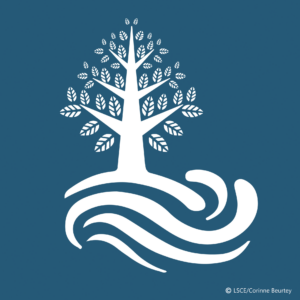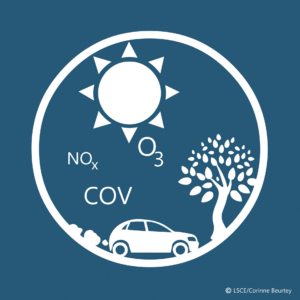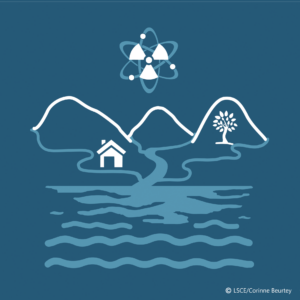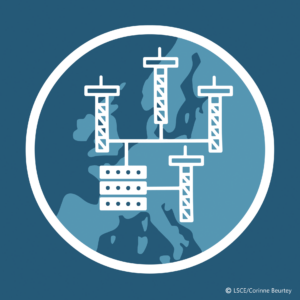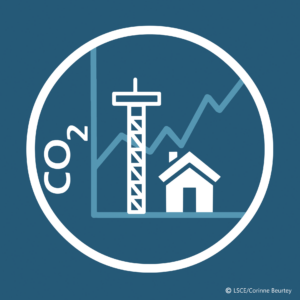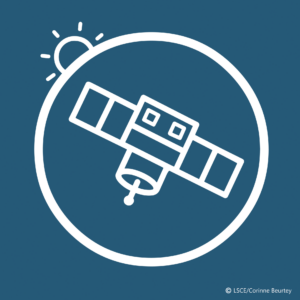Main research topics
The aim of the Biogeochemical Cycles and Transfers in the Environment Theme is to characterise and quantify the biogeochemical cycles of certain compounds (in particular greenhouse gases) and the transfers of matter in and between the various environmental compartments (air-water interface, air-continental surface, water-continental surface). The aim of these studies is to better understand and predict the evolution of these cycles in relation to climate change or the impacts of environmental changes, from global to local scales.
The first important aspect of the study of biogeochemical cycles is based on an atmospheric approach. For the main long-lived greenhouse gases (GHG) of human origin (CO2, CH4, N2O), a better understanding and more precise quantification of the fluxes must be based on a very high-precision observation network, as the signals linked to the fluxes being studied are very weak compared to background concentrations. The ICOS-ATC and ICOS-RAMCES teams play a major role in monitoring and coordinating GHG observations on a national scale (Service National d’Observation ICOS – France Atmosphere) and on a European scale (ICOS Research Infrastructure). Atmospheric chemistry is also studied (CAE team) through the monitoring of aerosols and short-lived reactive gases. The work is also based on atmospheric measurements, from the local to the regional scale, from the unpolluted sub-Antarctic atmosphere to the Paris region (characterised by atmospheric pollution of complex origins), and within the national and European components of the ACTRIS research infrastructure.
SATINV team develops and implements inverse numerical methods to estimate the sources and sinks of the three main greenhouse gases, leading to the mapping of surface fluxes based on atmospheric measurements (including those from ICOS). These fluxes are used in particular to supply the European Copernicus Atmosphere service. SATINV also provides expertise in the spatial measurement of GHGs, to use and interpret the data and prepare for future missions, in particular the Franco-German MERLIN (CH4) and French MicroCarb (CO2) missions.
The second aspect focuses on gaining a better understanding of matter exchanges and lateral transfers on continental surfaces. The MOSAIC team is working on modelling the continental biosphere and exchanges at the surface-atmosphere interface, in order to gain a better understanding of the key matter balance processes, with expertise in data assimilation and fusion and a key tool, the ORCHIDEE model. The GEDI team is interested in the influence of anthropogenic activities on matter transfers (particles, carbon and contaminants associated with particles) on continental surfaces and in the ocean, using geochemical tools (stable and radioactive isotopic tracers, elemental tracers), from the local scale to large river basins.
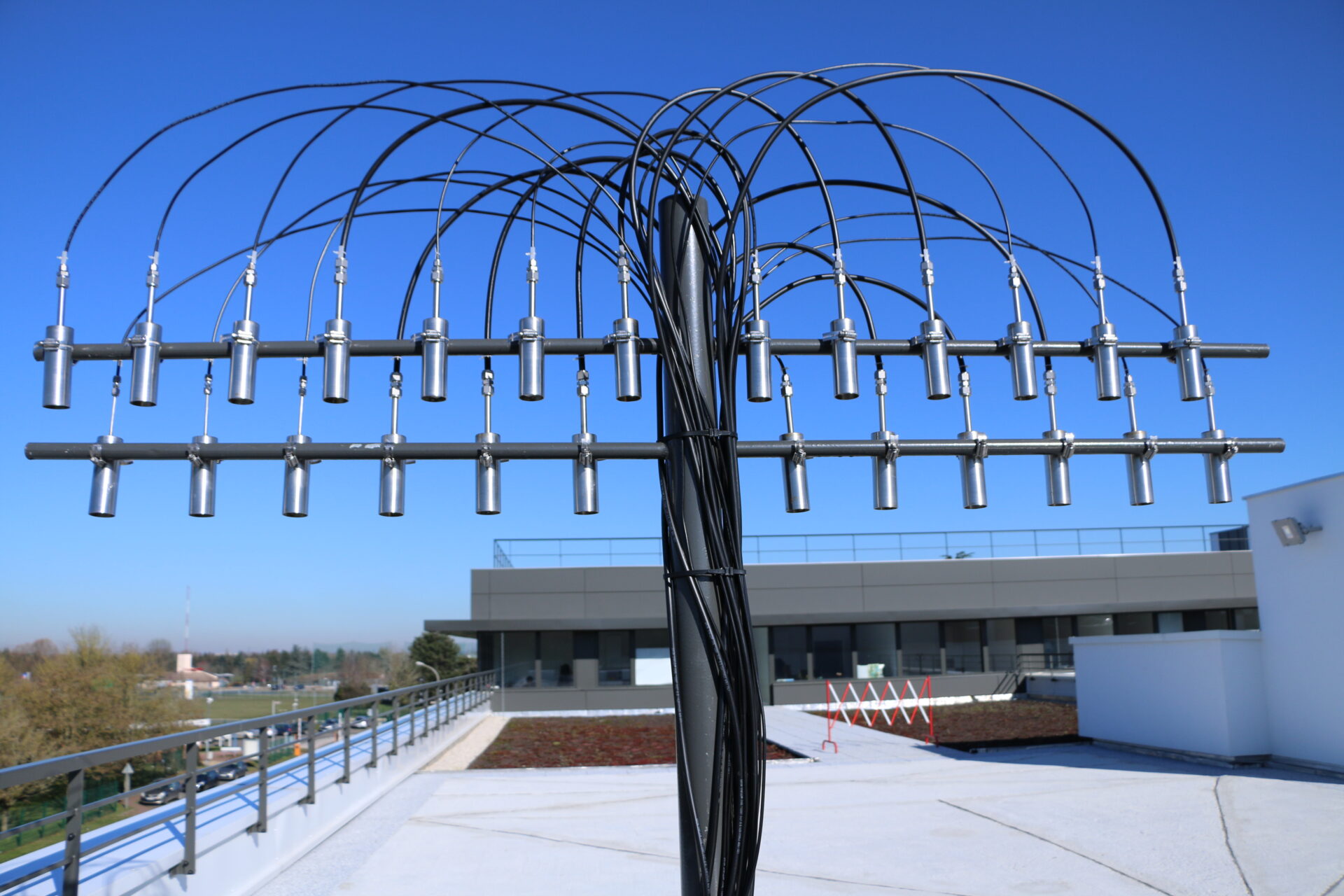
Managers
- Theme leader: Jean-Daniel Paris (CEA)
- Deputy theme leader: Olivier Laurent (CEA)
- Theme assistant: Nathalie De Sousa (UVSQ)
Research tools
The Theme’s research is based on an original continuum of work from observations to modelling. It involves systematic observation resources, in particular the European research infrastructures ICOS (Integrated Carbon Observing System) and ACTRIS (Aerosol, Clouds and Trace Gases Research Infrastructure), observation stations, experimental sampling and analysis resources, and numerical simulation tools, some of the highlights of which are listed below:
- The European atmospheric thematic centre: ICOS ATC
- The ACTRIS instrumental calibration centre
- SNO ICOS France Atmosphere: 18 continuous high-precision GHG measurement stations
- The ORCHIDEE vegetation model
- An inverse model for estimating GHG fluxes
- Contribution to the Copernicus European forecasting service
